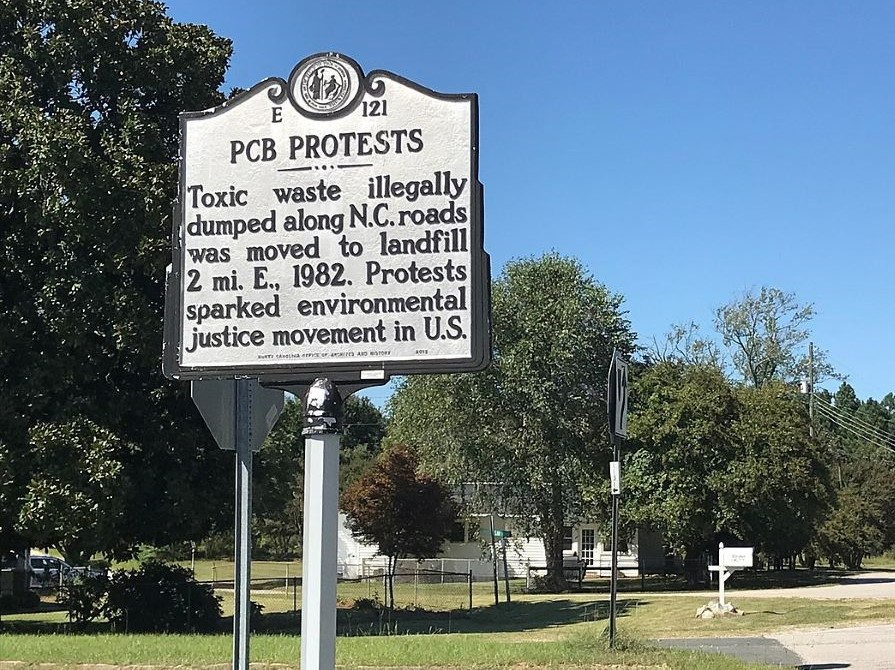How Black activists brought us environmental justice – and changed the conversation about racial equity

Environmental justice is the fundamental idea that all people have a right to live in a safe and healthy environment. But that wasn’t a mainstream idea until the 1980s, when a group headed by civil rights leader Reverend Benjamin Chavis helped highlight the importance of racial equity in environmental issues.
This work shifted environmental justice from an isolated idea to a connected movement during a 1982 controversy in North Carolina.
The state’s government decided to place a toxic waste dump in Warren County, which was predominantly Black and one of the poorest counties in the United States. Local residents and civil rights activists objected to the lack of public input in the site selection process, and they argued the community was chosen due to its racial demographics. A six-week series of protests broke out, but in the end, the state built the landfill.
Chavis’s organization, United Church of Christ, helped organize th protests. Reflecting on the incident years later in an interview, Chavis explained the challenge of raising awareness about racial disparities in environmental policies. “In the ‘80s, you couldn’t just say there was discrimination,” he said. “You had to prove it.”
Chavis got that proof in 1987, when the United Church of Christ Commission for Racial Justice published a groundbreaking report named “Toxic Wastes and Race in the United States.” The study revealed that race was not just a factor in the location of hazardous waste sites: it was “the most significant among variables tested.”
The study looked at the racial makeup of communities near commercial hazardous waste facilities and uncontrolled toxic waste sites across the U.S. Researchers found that communities with the most hazardous waste facilities also had the largest populations of racial and ethnic minorities. Communities with one hazardous waste facility had twice the number of minority residents compared to the national average. And three of the nation’s five largest commercial hazardous waste dumps were located in predominantly Black or Hispanic communities.
Even after controlling for regional differences, researchers said race determined individuals’ proximity to hazardous waste facilities more than any other factor they tested, including socioeconomic status.
“The possibility that these patterns resulted by chance is virtually impossible,” the study concluded. Decades later, Charles Lee, the report’s principal author, noted the report’s far-reaching impact.
“The reality uncovered by the report’s findings is now evident in all aspects of society, and the issue of environmental justice is now seen as a critical part of everything from environmental pollution, health disparities, community development, food security, transportation equity, energy policy to climate change,” Lee said in an interview.
The Hazardous Waste Program is committed to ensuring that race is not a determinant of hazardous materials exposure in King County. In 2018, the Program and its regional partners adopted a Racial Equity Strategic Plan, which embeds racial equity principles and practices throughout all operations and services. Read the full plan here.
Learn more about Black History Month at blackhistorymonth.gov.

 Translate
Translate